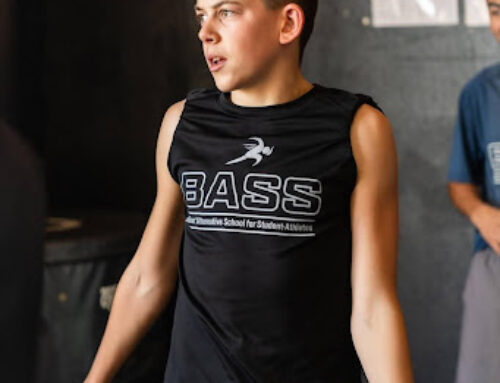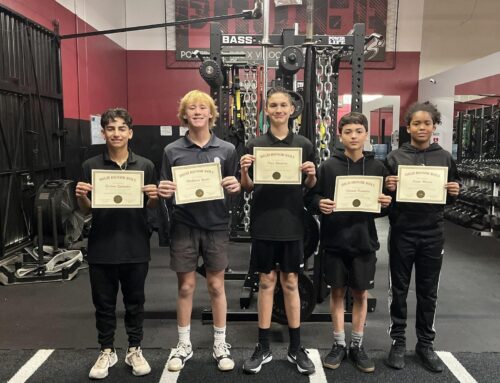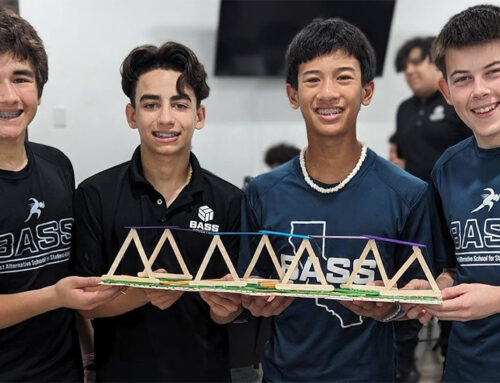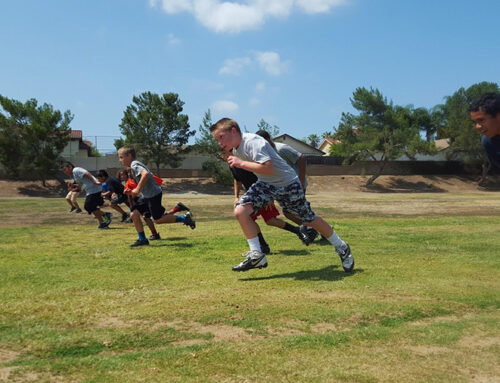At the Boost Performance Center we get a variety of athletes, with a variety of goals and needs. It’s one of the things I love most about being a performance coach, every athlete brings a new opportunity to research and implement different strategies to improve performance. It’s a love for the process. With that said, over the years I’ve been able to learn what type of injuries are prevalent for athletes in specific sports, and what I can do as a strength and conditioning professional to address them through training. For soccer athletes, ACL injuries are always of major concern, especially amongst female participants. Here are some methods, and insights we provide soccer players at the Boost Performance Center.
Movement Mechanics
First and foremost, most non-contact injuries to tendons & ligaments for soccer players occur during deceleration. So it makes sense to implement declaration training and improve an athlete’s ability to absorb force. Soccer is a game of constant change in speeds during play, so working to become more efficient at these movements are vital to success. There are 3 specific ways we teach deceleration at the Boost Performance Center. We begin by teaching our athletes how to stop. Showing them how to lower their body position, load one leg and plant with the opposite allows them to effectively absorb force and position themselves in a way to successfully redirect that force, or reaccelerate.
Next we teach athletes how to decelerate and immediately reaccelerate. We coach them to sprint for a desired distance, throttle down their linear speed while raising their body position. During this phase where the athlete’s body position is high they will execute a straight leg bound for a desired distance. Next they drop their shoulders and transition back to a full speed linear sprint. This drill emphasizes changes in speed while simultaneously teaching athletes to change their body position in relation to the changes in speed. Lastly we use plyometrics as an important tool to reinforce deceleration by showing athletes how to absorb force. Teaching athletes how to jump and properly land is crucial. The more efficiently an athlete can absorb force the better they can redirect that force, which is the essence of proper deceleration.
In the weightroom, we place an emphasis on developing the hamstrings and glutes in order to protect the anterior cruciate ligament (ACL). Eliminating limb asymmetries is also an important factor. Imbalances between the hamstrings and quadriceps can lead to an imbalance in force absorption, which is critical in decelerating. Exercises such as leg curls, floor slides, reverse hyperextensions, and glute ham raises are great at building hamstring strength. The medial glutes help move an athletes leg away from their body (abduction). This is important because when an athlete’s abductors are weak, they are at higher risk of knee valgus during movements. Knee valgus is when the knees cave inward, putting a tremendous amount of stress on the ACL. Building abductor strength helps prevent the knees from caving in during dynamic movements. Resisted abductions, lateral squats, & crossover step ups are effective exercises for building glute strength. Finally, eliminating limb asymmetries is about putting a focus on single leg work such as split squats, lunges, and working on any of the exercises mentioned above one leg at a time. Developing strength in a weaker limb can help protect athletes during cutting and landing activities.
While this article addresses non-contact ACL injuries, building single leg strength and working on proper movement mechanics are always helpful for preventing injuries even in contact sports. Investing time into learning proper movement and developing strength are aspects that are crucial to long term athletic performance and health. Unfortunately many athletes jump too quickly into competitive play without building these qualities and increase their risk for injuries. But a little investment can go a long way in enjoying a long health career of playing sports.

Owner, Boost Training Systems
Level 1 & 2 Coach Bommarito Performance
CSCS, USAW




















